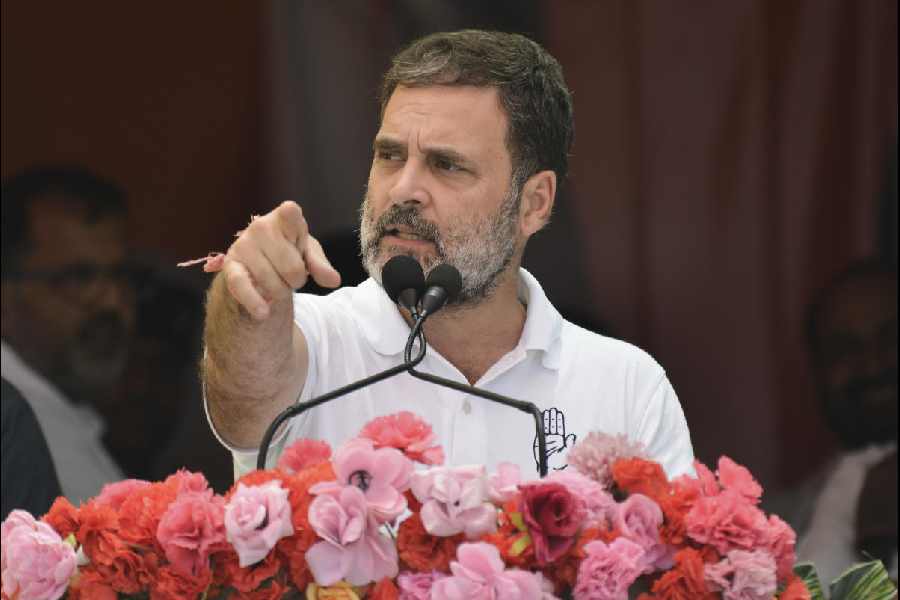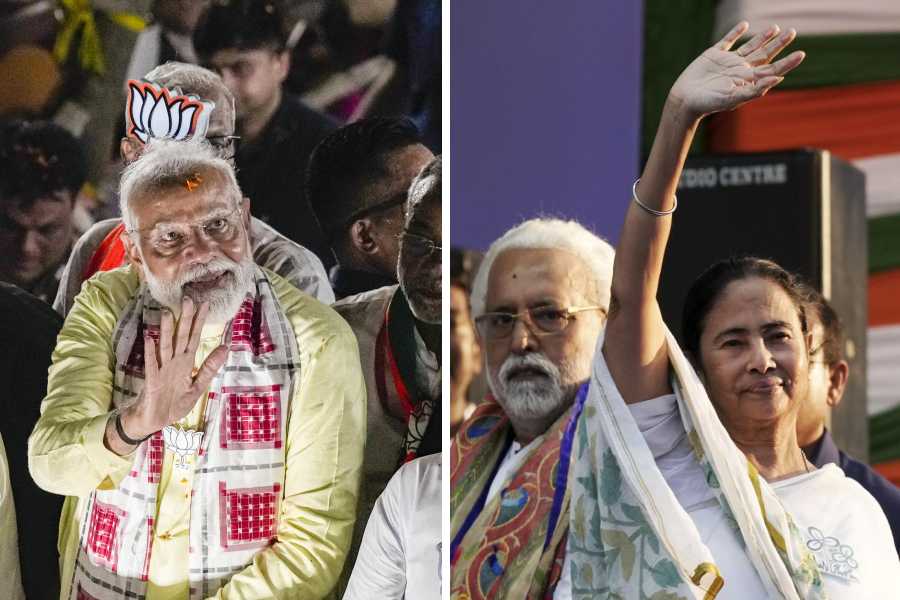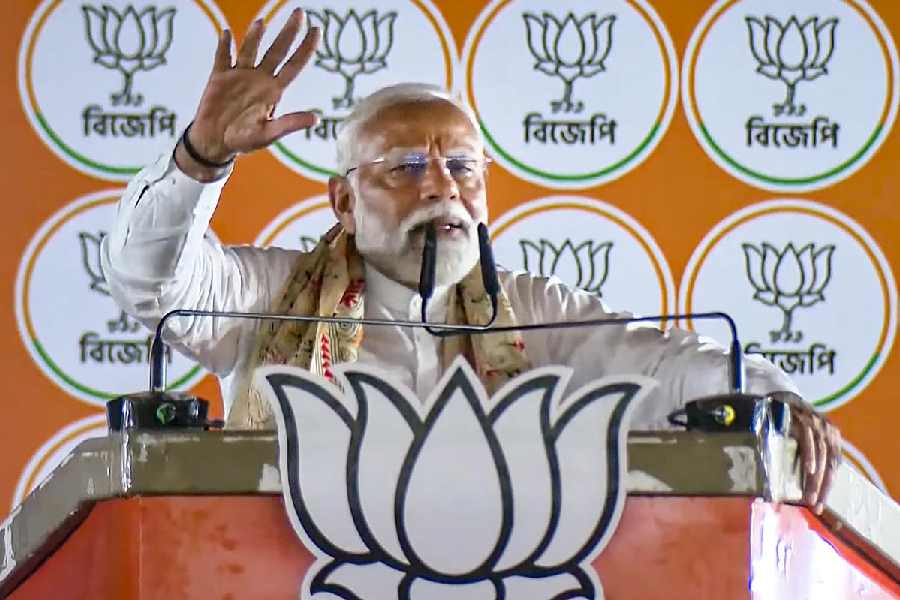A diamond style placed against the rotating cylinder made tiny dents in the tin foil as someone spoke into a mouthpiece attached nearby. These dents represented the original sound waves. The entire process was run manually, that is, without electricity. Thomas Edison’s phonograph record was cylindrical. It consisted of a small metal cylinder wrapped in tin foil and mounted on an axle that could be rotated. When Thomas Alva Edison recited “Mary Had a Little Lamb” into his first phonograph in 1877, little did he realise that the concept of sound reproduction would dominate the entertainment industry worldwide. Lal Chand Boral’s “Kader kuler bou go tumi” was a super hit and fetched the Gramophone Company high revenues.
The first Indian recording made commercially in Calcutta took place on November 8, 1902. The singers were two nautch girls, Sashi Mukhi and Feni Bala, from Amarendra Nath Dutta’s Classic Theatre. These kids, aged 14 and 16, probably knew nothing about sound recording and had a “miserable voice” (as F.W. Gaisberg described in his autobiography, The Music Goes Round). Initial recordings were taken from nautch girls and kothawalis. Amala Das was the first woman from a ‘respectable family’ to have her voice recorded. Popularly known as ‘Miss Das’ in the then music world, Amala was the sister of Deshbandhu Chittaranjan Das.
It has been precisely 96 years since the gramophone arrived commercially in India — 96 years since the Gramophone Company factory was opened at 33 Jessore Road. After undertaking the first recording expedition, the Gramophone Company tasted almost instant success. The master discs of the recordings made in India had to be taken to Germany for final pressing and labelling. As the country’s record industry grew, the Gramophone Company found it feasible to establish a record-pressing plant in India to cut costs and time. The site chosen for the purpose was Beliaghata, near Sealdah. The factory became popularly known as ‘Baja Khanna’.
In the early days of the music industry in India, Hemendra Mohan Bose saw an opportunity to use the phonograph for commercial purposes. Initially, he collaborated with Pathé Freres to sell Pathé phonographs. The venture was successful. Encouraged by this, Bose launched his own cylinders named ‘H. Bose’s Records’. H. Bose’s Records claimed to be the first company to manufacture complete records in Calcutta. Its records were cylindrical, allowing them to be produced in small numbers and sold immediately, unlike discs that required pressing in pressing factories. This claim enabled Bose to assert that his records were made in India, although he had to import the blank cylinders from Europe.
He timed his move perfectly; around 1906-1907, the Swadeshi movement had gained momentum. During the Swadeshi movement, poets like Rabindranath Tagore, Rajanikanta Sen, Dwijendralal Roy, and Mukunda Das were inspired to compose songs and poems supporting the Swadeshi movement. However, the most popular song of that time was “Bande Mataram” written by Bankim Chandra Chatterjee. This song had a magical effect on all sections of society and it quickly spread across the country, fuelled by the growing anti-British sentiment. The British government promptly banned the song, but it only became more popular. In such an atmosphere, it was natural that the song would be in demand and that recording companies would come forward to record and release it to the public. Nicole Records probably made the first disc recording of “Bande Mataram” in 1905, with Narain Chandra Mukherjee as the singer.
Record production in the pressing plant continued until the arrival of electronic recordings in 1926-27. With the advent of this new technology and the drastic increase in demand, more space and modernisation of facilities were needed. Few people could afford a gramophone player and soon radio became the premium medium of mass entertainment, pushing the gramophone towards the antique cabinet.
Mousumi Roy writes about political history, mass movements, and material culture











